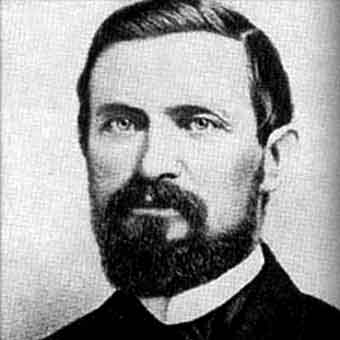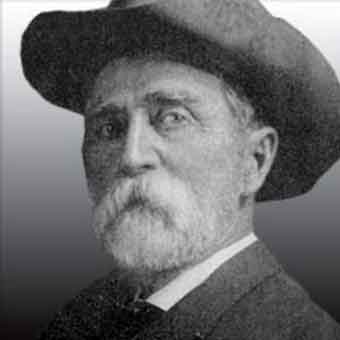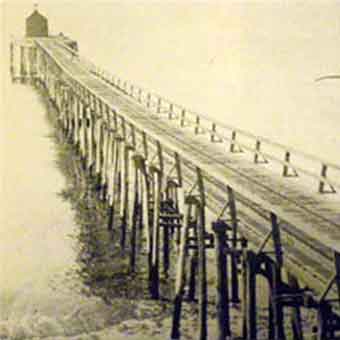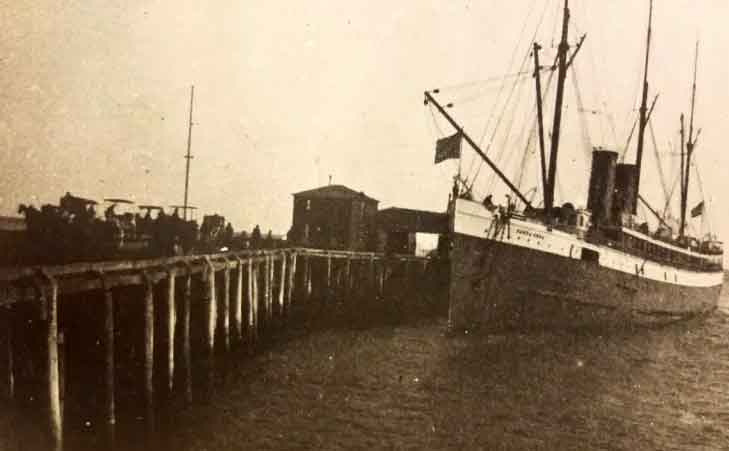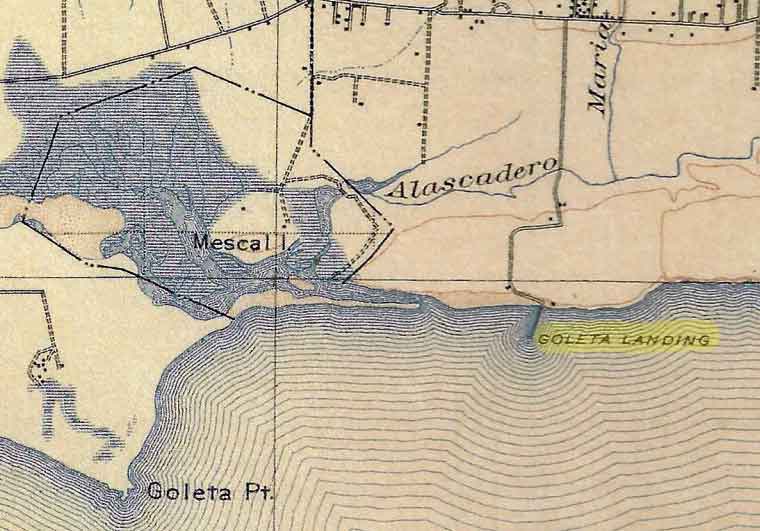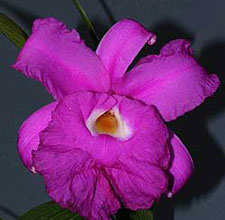Asphaltum was More’s most lucrative sources of income. Tar still extrudes copiously from the cliffs at several places along the beach between 1148 South More Ranch Road and the 5200 block of Austin Road. Dynamite was used by More to fragmentize the asphaltum, which was washed clean by wave action, and then loaded on carts up the ramps to the wharf by ox teams – the only use of oxen by Americans in Valley history. The first paving materials for the streets of San Francisco came from More’s outcrop at the foot of Anderson Lane.
By 1890, more than 32,000 tons of asphaltum had been shipped from More’s landing at prices ranging from $12 to $20 per ton. Valley farmers used the More Mesa Ranch Road from Hollister Avenue to haul their lima beans, honey, walnuts, barley and other products to More’s Landing for loading aboard coastal steamers

